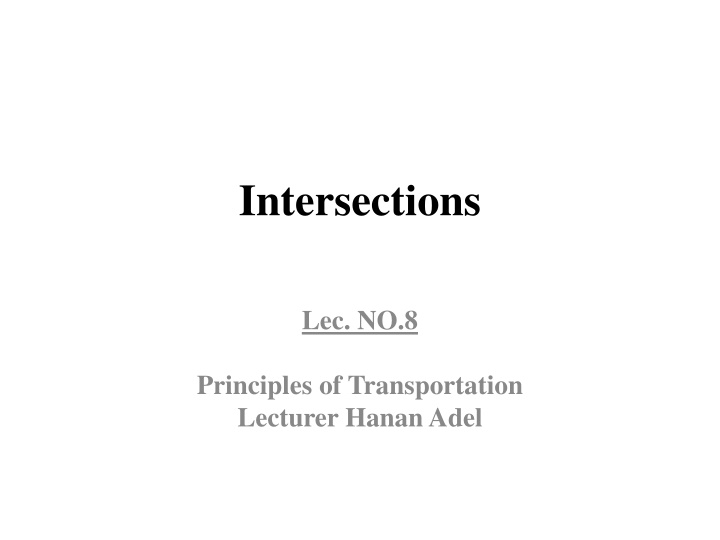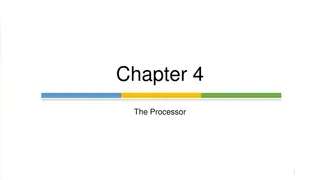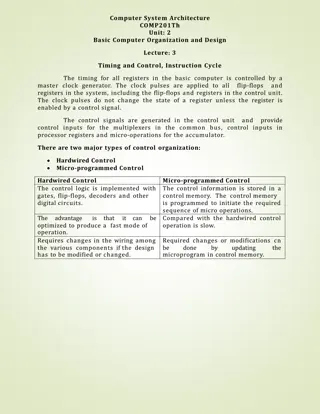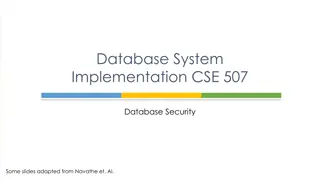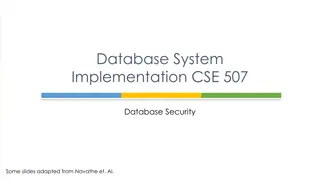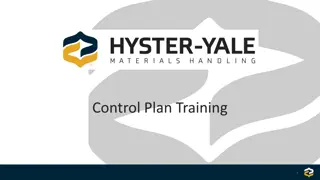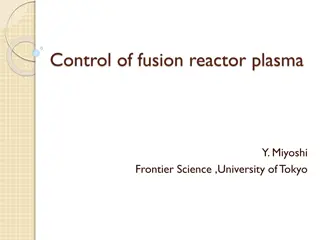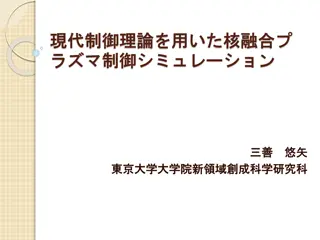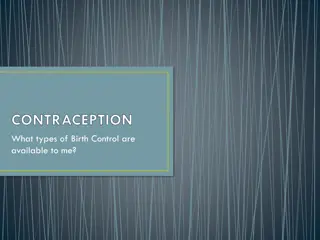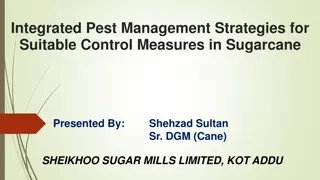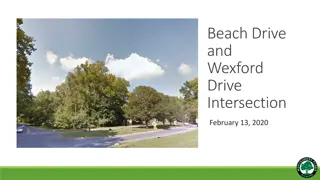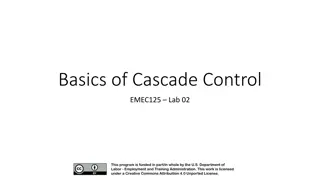Intersection Types and Control Methods
An intersection is the junction at grade of roads meeting or crossing. Types include 3-way, 4-way, and more. Control methods vary from traffic lights to yield and stop signs. Explore the efficiency and safety considerations of different intersection designs.
Download Presentation

Please find below an Image/Link to download the presentation.
The content on the website is provided AS IS for your information and personal use only. It may not be sold, licensed, or shared on other websites without obtaining consent from the author.If you encounter any issues during the download, it is possible that the publisher has removed the file from their server.
You are allowed to download the files provided on this website for personal or commercial use, subject to the condition that they are used lawfully. All files are the property of their respective owners.
The content on the website is provided AS IS for your information and personal use only. It may not be sold, licensed, or shared on other websites without obtaining consent from the author.
E N D
Presentation Transcript
Intersections Lec. NO.8 Principles of Transportation Lecturer HananAdel
An intersection is the junction at grade (that is to say, on the same level) of two or more roads either meeting or crossing. An intersection may be three-way (a T junction or Y junction ), four-way , or have five or more arms. Busy intersections are often controlled by traffic lights. The intersections encompassed by a roundabout are considered as safe intersections. The efficiency of an intersection is determined on the basis of how well an intersection accommodates the demands of all road users. The performance of a signalized intersection is judged on the basis of its signal timings.
One way to classify intersections is by the number of road segments (arms) that are involved. 3-way intersection A junction between three road segments (arms) is a T junction or a Y junction. 4-way intersections usually involve a crossing over of two streets or roads , the crossing streets or roads are perpendicular to each other. However, two roads may cross at a different angle. 5-way & 6-way intersections are less common but still exist.
Another way of classifying intersections is by traffic control technology: Uncontrolled intersections, without signs or signals (or sometimes with a warning sign). Priority (right-of-way) rules may vary by country: on a 4- way intersection traffic from the right often has priority. Yield-controlled intersections may or may not have specific "YIELD" signs(known as "GIVE WAY" signs in some countries). Stop-controlled intersections have one or more "STOP" signs. Two-way stops are common, while some countries also employ four-way stops. Signal-controlled intersections depend on traffic signals, usually electric, which indicate which traffic is allowed to proceed at any particular time.
